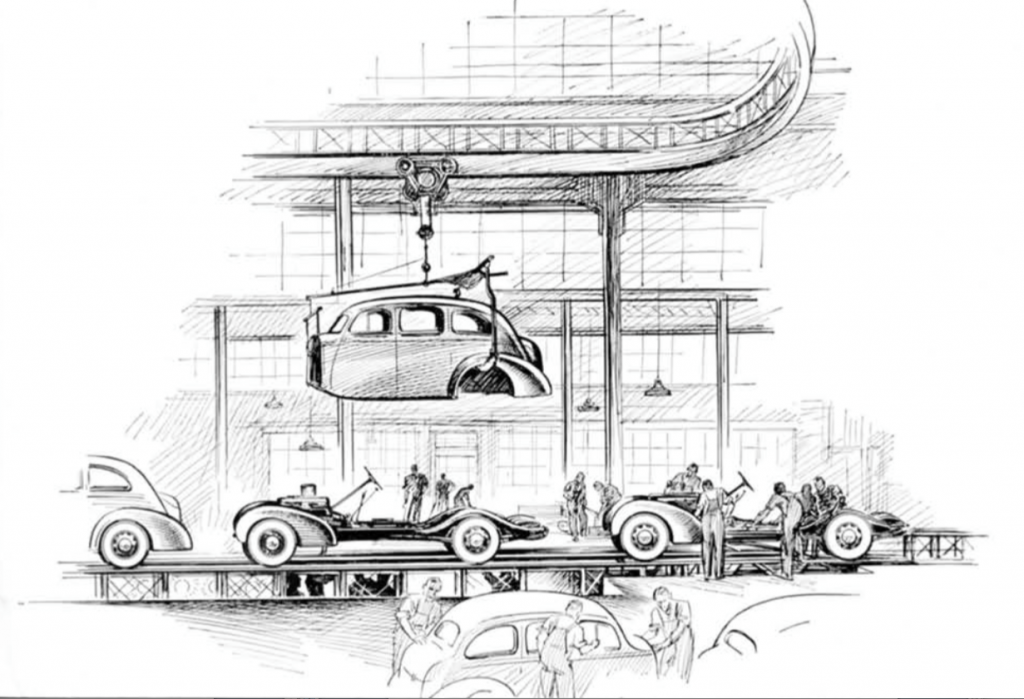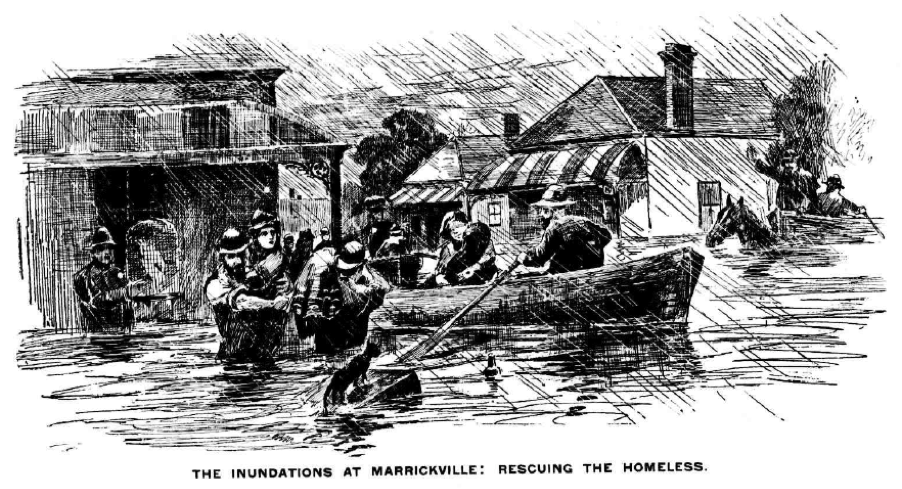
General Motors Australia weren’t the only automotive manufacturer on Carrington Road Marrickville in the 1920s. AH Peters had also set up next door at No. 16. The AH Peters factory (without its brick façade) can be seen to the right of General Motors Australia on its opening day in 1926. Inside, the building’s impressive first floor trusses suggest heavy machinery may have been used on the first floor. The building is now occupied by Sydney Prop Specialists but AH Peters is still operating today after moving to Condell Park and is proud of its 125-year history.
In the early Twentieth Century, AH Peters made motor vehicle bodies, particularly trucks, vans and utility vehicles, adapting General Motors models for more specialised uses. AH Peters supplied commercial vehicles including to Kellogg’s, MacRobertson’s, Cadbury’s Chocolate, Dairy Farmers, Colda Fruit Salad Delicacies, J. Gadsden, Anderson’s Smallgoods and Steelo, according to archives in the State Library. These commercial vehicles were well-known around Sydney and AH Peters had their bodywork photographed by our favourite photographer, Milton Kent. If you look closely, you can see the Steelo photo was taken out the front of AH Peters premises on Carrington Road!
 |
 |
 |
 |
AH Peters also transformed General Motor’s Buicks into ambulances used across NSW. See more historic Buick ambulances in a collection put together by John Gerdtz.



